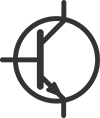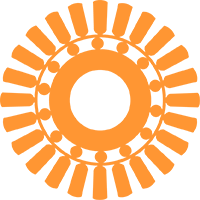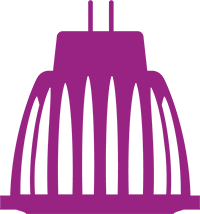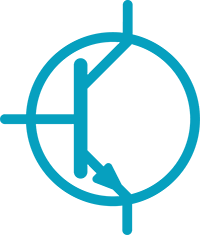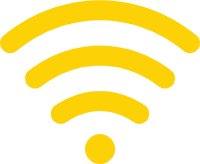SSL Quality and Performance Requirements
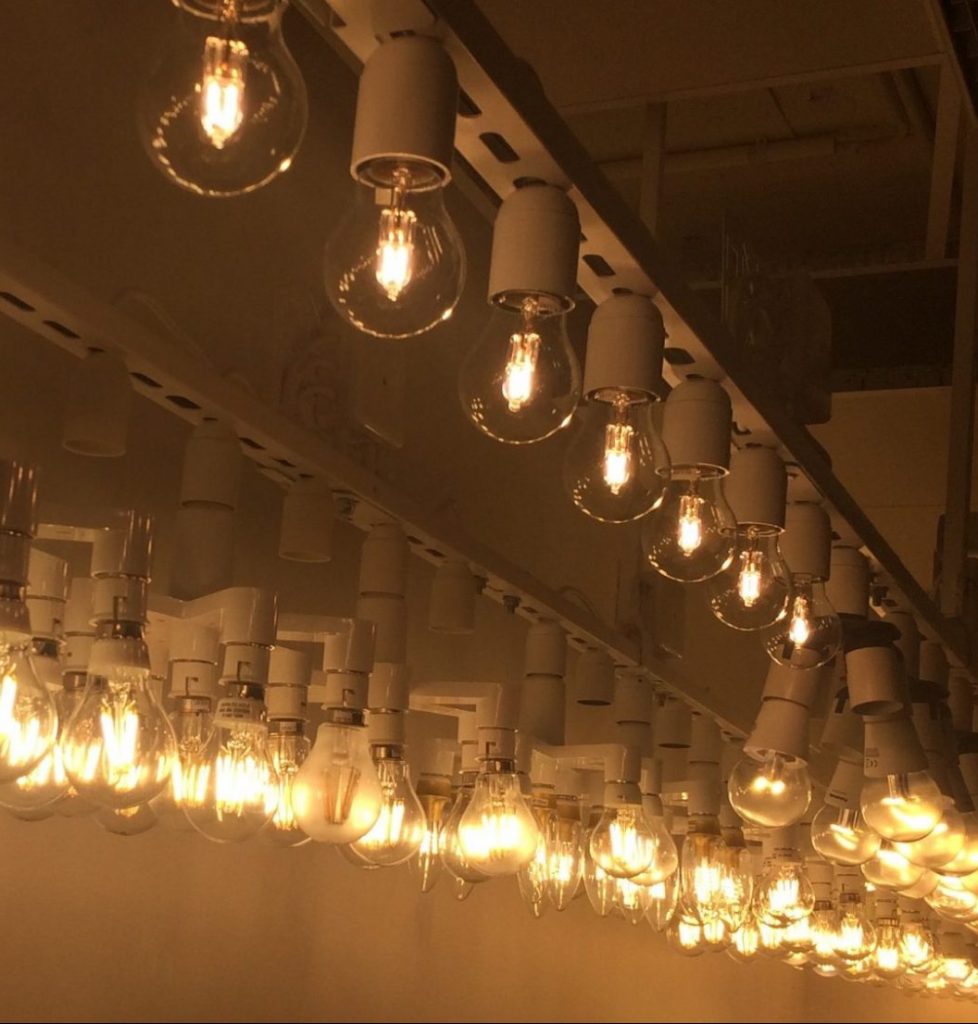
The 4E SSL Annex has published its new and updated “quality and performance requirements” for the most popular LED lamps and luminaires.
4E PEET Status of Electric Motor Regulations 2022 (Updated December 2022)

Update of energy efficiency regulations and trends in 4E economies
4E PEET Status of Room Air Conditioner Regulations 2022

Update of energy efficiency regulations and trends in 4E economies
4E PEET Status of Television and Displays Regulations 2022

Update of energy efficiency policy measures and trends in 4E economies
4E PEET Status of Domestic Refrigerator Regulations 2022
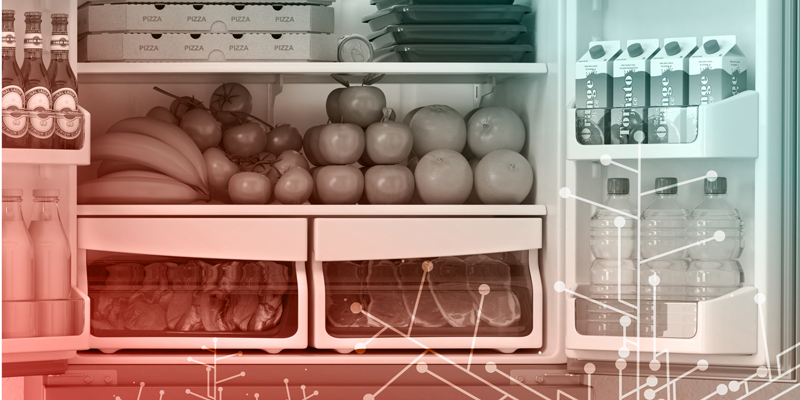
Update of energy efficiency regulations and trends in 4E economies
LED Product Lifetime Testing Report

A new report by the IEA 4E Solid State Lighting Annex provides a look across the body of literature on lifetime definitions for LEDs and LED products. The reports looks at failure mechanisms, accelerated life tests and test methods for estimating lifetime, and provides some recommendations. There is currently no agreement as to which test […]
Interlaboratory Comparison for Goniophotometers (IC 2017)
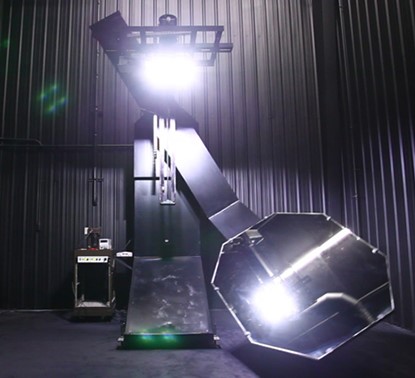
The final report from the IEA 4E Solid State Lighting Annex’s 2017 Interlaboratory comparison (IC 2017). This comparison had 36 participating laboratories from 19 countries with a total of 42 goniophotometric instruments, the largest interlaboratory comparison of such equipment ever undertaken. This comparison investigated the level of agreement in measurements of SSL products by various […]
AC/HP Test Methods 2.0: Phase 2 Findings Summary

This research aims to develop an internationally applicable load-based test method for variable capacity ACs and HPs and has 4 Phases. This report discusses the findings of Phase 2 (Investigative Testing of Key Issues), as well as the research team’s recommendations for Phase 3 work.
Literature Summary of Lifetime Testing of Light Emitting Diodes and LED Products

A summary of the literature on lifetime definitions for LEDs and LED products, including a look at failure mechanisms, accelerated life tests and test methods for estimating lifetime, and provides some recommendations. There is currently no agreement as to which test method can best estimate the lifetime of LED lighting products and the report thus addresses a key issue for regulators and industry interested in deployment of LED technologies
AC/HP Test Methods 2.0 – Phase 1 Findings Summary

Air conditioner (AC) / Heat Pumps (HP) Test Methods Project 2.0 – Phase 1 Findings Summary.
Quality and Performance Requirements for LED Lighting Products – Public review Draft
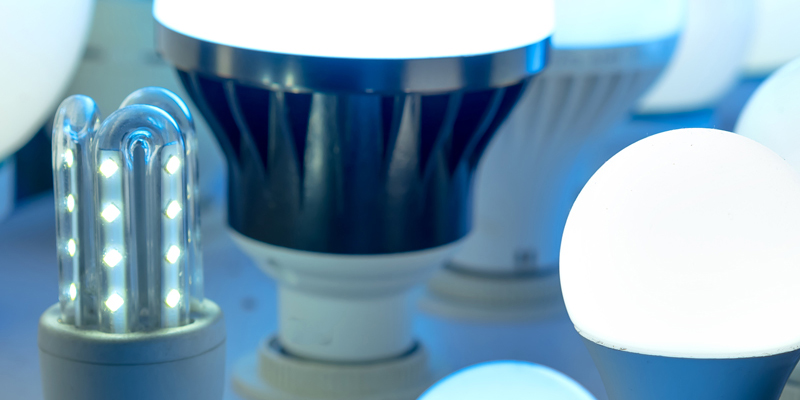
Public review draft of the updated Quality and Performance Requirements for LED Lighting Products released 25 November 2020, for comment by 25 January 2021.
Report on Testing Standards for Advanced Motor Technologies
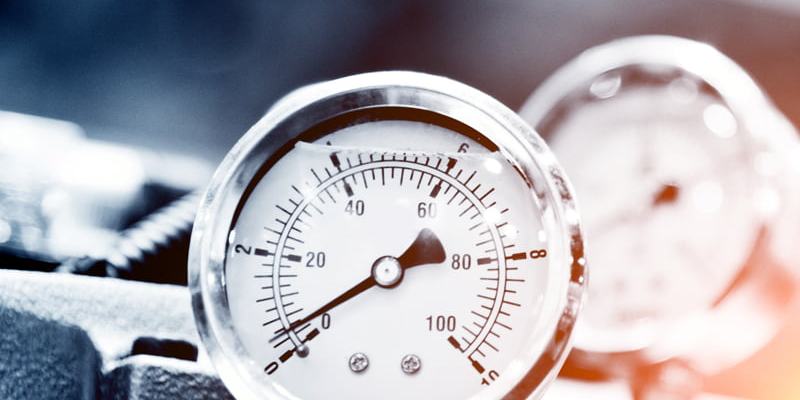
This document identifies existing test standards for selected advanced motor technologies and discusses opportunities for potential test procedure harmonization for each categories of equipment analysed.
Round Robin of Converter Losses – Report of Results of Phase 1

The current report covers the results, the key findings of the tests in phase 1 of Round Robin program for Converter Losses (RR’C) between December 2017 and October 2018 and the first set of recommendations for amending IEC 61800-9-2, edition 1
Domestic Air Conditioner Test Standards and Harmonization

This report is a comparative review of test procedures and efficiency metrics for room air conditioners across six countries, as well as the ISO standard. The findings of this report are intended to inform the efforts of policy makers to evaluate where greater consistency between test methods and metrics may be beneficial.
IC 2017 Nucleus Laboratory Comparison Report

Test Procedures for Measuring Network Standby Power
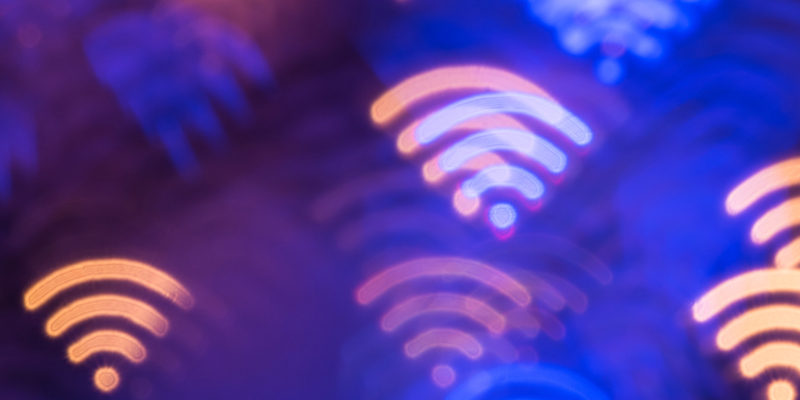
This paper examines elements of existing test procedures that address network standby in some way. This includes horizontal test procedures that cover standby and network standby for a wide range of products, as well as product-specific procedures where network functionality is a common or essential feature of the product
Policy Brief – Policy Guidelines for Pumps, Fans and Compressors

This Policy Brief is based on studies by the IEA 4E Technology Collaboration Programme (4E TCP) into energy efficiency policy measures for pumps, fans and compressors, and the
Policy Guidelines for Motor Driven Units – Part 2

This Policy Guideline proposes policy options for the inter-national alignment of technical standards and minimum energy performance standards (MEPS) for pump, fan and compressor Motor Driven
Interlaboratory Comparison 2017 Technical Protocol version 1.0

This document describes the technical protocol used by the participating laboratories as well as by Nucleus Laboratories.
Evaluation of CIE International Test Method for Solid State Lighting

The objective of this task is to promote the use of the Commission Internationale de l’Eclairage (CIE) International Standard CIE S 025/E:2015 for light emitting diode (LED) based lighting products


























